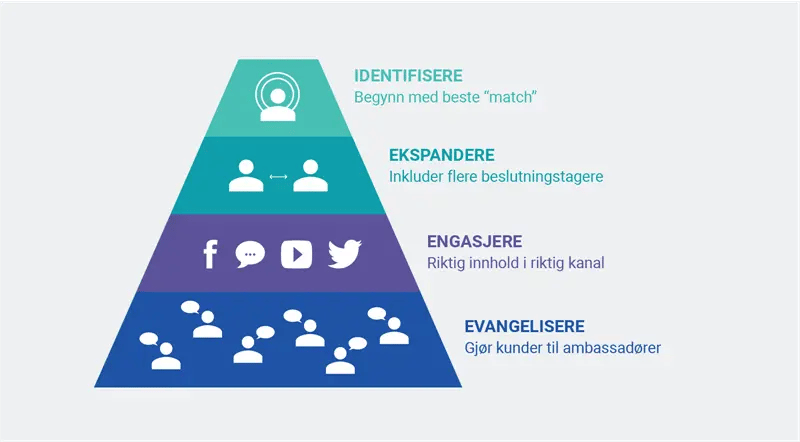A more scalable strategy where the focus is on targeting accounts with similar challenges, needs, and company demographics – typically industries and niches. This approach is often used for larger accounts with long and complex sales processes that involve multiple decision-makers across different departments. In crafting the message and content, the focus is on the common needs, challenges, and pain points that businesses within the target group share.**
Tactics:
- Digital advertising
- Tailored content
- Website personalization
This strategy allows for broader targeting while still delivering relevant and personalized messaging to prospects within specific industries or niches.



